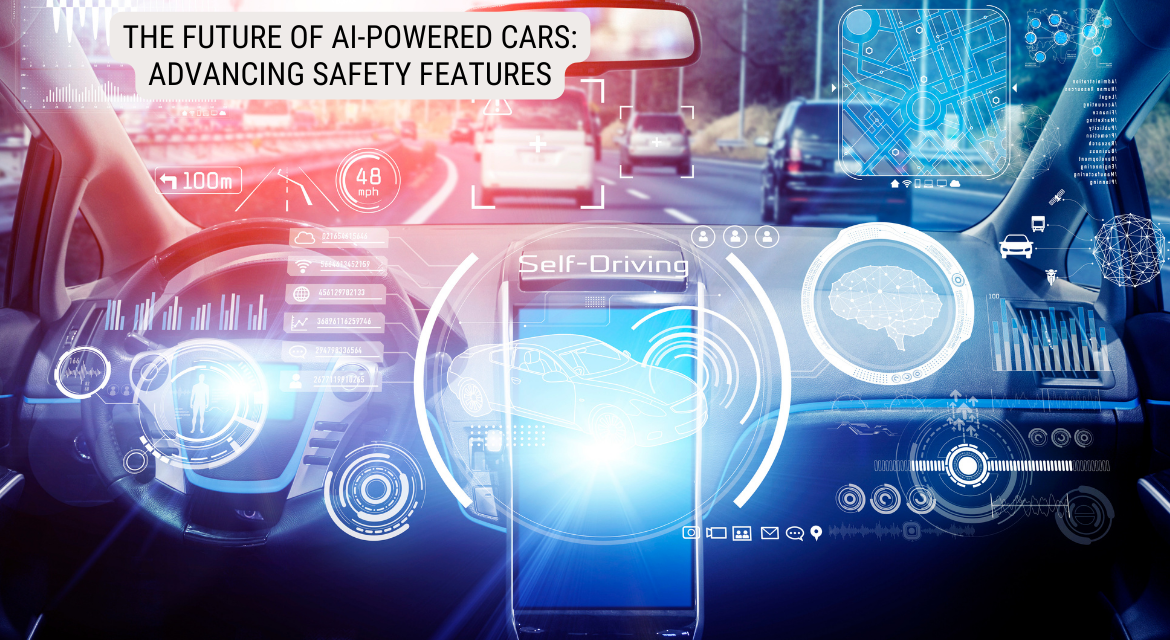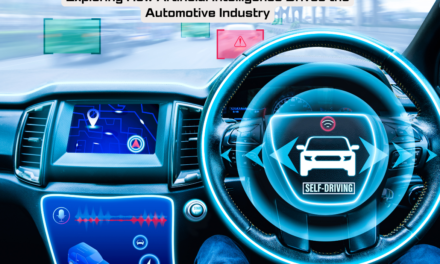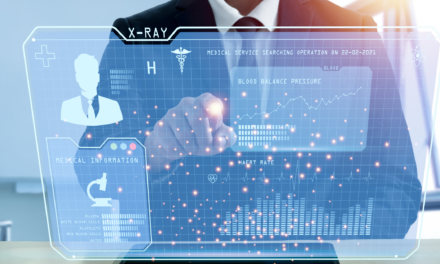The integration of AI-Powered Cars is becoming more and more important as the automotive industry advances. Automation is forging the course the drivers can travel. Despite the advent of autonomous driving, AI will equip cars with advanced safety features. This article also explores the future safety measures that AI will offer to the automotive industry.
Predictive Maintenance:
AI algorithms will use real-time data from vehicle sensors to forecast potential problems, preventing breakdowns and accidents and ultimately improving vehicle performance.
Emotion Recognition:
AI algorithms powered by high-end sensors might recognise tiredness, stress and distraction behind the steering wheel. This response type would lead the vehicle to implement safety measures like modifying driver assistance systems or suggesting driver breaks to improve road safety.
Biometric Authentication:
AI-powered cars might use biometric procedures to authorise only authorised individuals to operate the vehicle and maintain unauthorised access. Facial recognition and other identity verification technologies might be involved in the identification of the driver.
Dynamic Traffic Management:
By using artificial intelligence, it is possible to process large volumes of information quickly in real-time. A central AI-connected network of cars would be able to update themselves in real-time on the condition of the traffic, accidents or road closures to enable them to reroute. This process will ensure safer and more efficient driving.
Enhanced Collision Avoidance:
Self-driving cars powered by artificial intelligence will enhance the existing collision avoidance systems by utilising more advanced algorithms and sensors to detect and respond to obstacles with greater accuracy. This includes the ability to anticipate the movements of pedestrians, cyclists, and other vehicles on the road.
Emergency Autonomy:
In critical situations, AI might act as a co-driver to intervene and perform quick emergency manoeuvres to prevent accidents. This could mean lane changes, braking, or controlling acceleration for a safer ride in traffic.
Vulnerable Road User Detection:
AI systems have the potential to become more inclusive towards vulnerable road users such as pedestrians and cyclists. Thanks to their advanced object discrimination capabilities, they are capable of detecting such individuals on the road, raising alarms, and making automatic manoeuvres to prevent possible accidents. This could help in ensuring the safety of pedestrians and cyclists on the road.
Vehicle-to-Everything (V2X) Communication:
V2X (Vehicle-to-Everything) technology enables communication between AI-equipped cars and other vehicles and infrastructure. This interdependence could significantly improve safety by sharing real-time data about road conditions, potential risks, and the movement of surrounding vehicles.
Conclusion:
The advancements in AI-powered cars have a promising future when it comes to enhancing road safety. These technologies will not only allow for predictive maintenance but also advanced collision avoidance and real-time traffic management. As a result, driving will become a more efficient and safer experience. Going forward, safety features in vehicles will be developed by a team using AI. This will lead to a transportation ecosystem that is interconnected, efficient, and, above all, safe.





